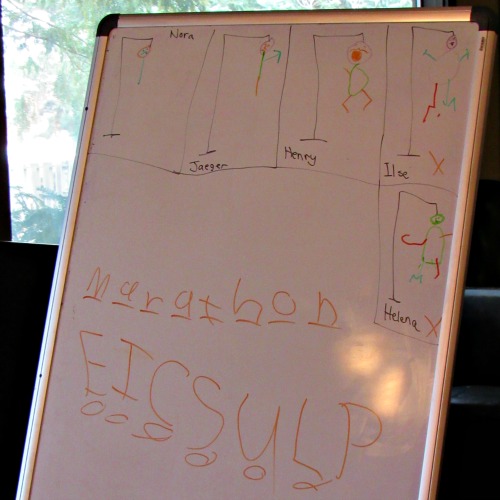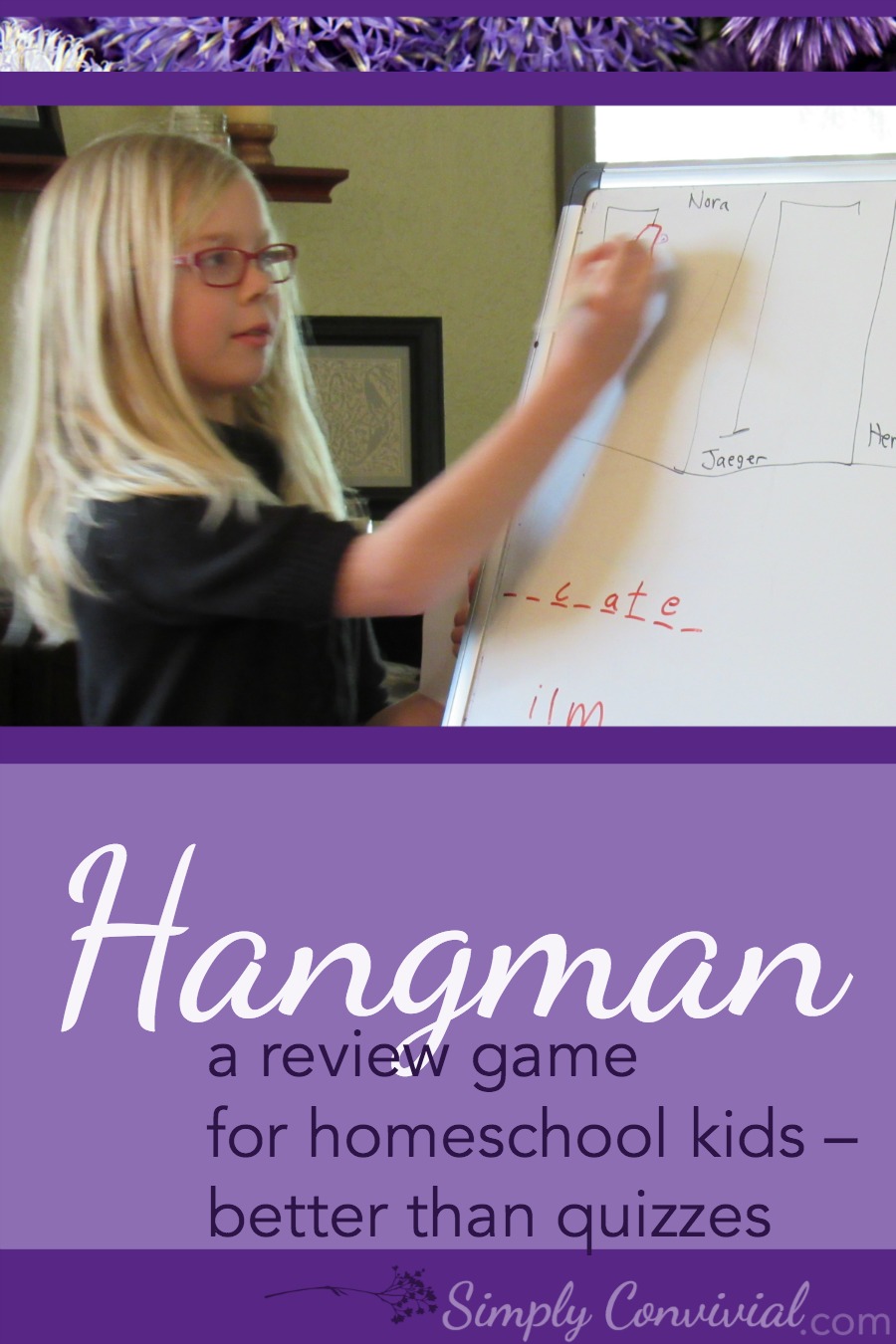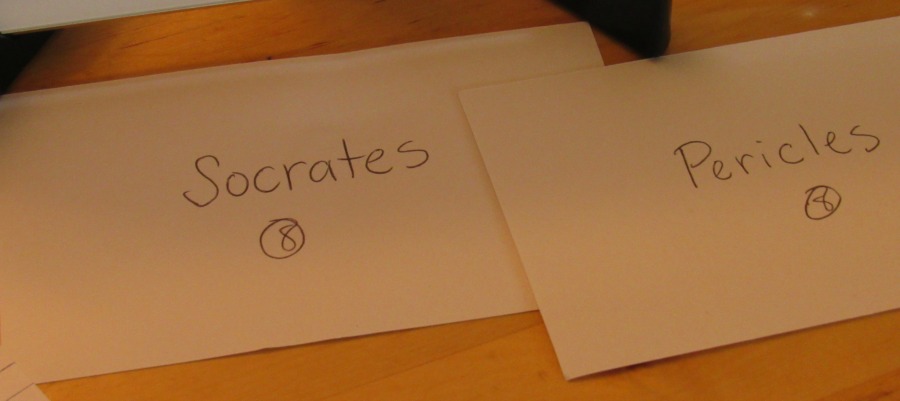Like I said last week, review is necessary, but so many methods for review have problems.

Some review is just regurgitating the information or going over the same material again. That might be review, but it makes the student tune out rather than engage and retain. Neither Charlotte Mason nor John Milton Gregory nor Gilbert Highet condone that sort of review.
Some review is stressful and short-term. Most test-taking and pop quizzes add pressure rather than interest and do more for the teacher’s record-keeping ability than the students’ understanding.
Review practices that actually engage attention and interest can be woven into every lesson or every week with narration or discussion, but there comes a time once per term where I wonder how much they actually remember. Rather than tests or exams, I’ve landed on a couple games that both make the kids participate in the content in a fresh way and make them think they’re being let off with a “fun day.” Win-win. Oh, plus the other win: they do 90% of the work themselves – it doesn’t take a lot of time or prep on my part.
Last week I explained how we play “review jeopardy,” this week I’ll explain our other game: Review Hangman. We actually have two versions, so I’ll explain them both and let you in on a few logistical secrets I’ve discovered in the dozen or so times we’ve used this strategy.

Option 1: Vocabulary Review
Last year during our Elementary Lessons (twice-a-week group content lessons with friends), we had a “word of the week” – it was vocabulary, but it was in the vein of “we’re people who love words, let’s learn a fun new word” rather than a structured, schooly sort of program.
So, we would learn 5 new, interesting words in a term, and then in the 6th week, play hangman with them. I’d write one each on an index card, shuffle them, and pass them out. We had 4 students, so one was always left out. That worked well, because then whoever went last wasn’t a gimme.

Youngest-to-oldest, they’d go up and use the word on their card as their hangman word. No one was allowed to guess the word out loud, they could only tell the next letter. This allowed people who hadn’t guessed to keep playing and it helped everyone think as much about the spelling as the word itself. The person up at the white board was really getting a spelling workout, because he would have to examine the word multiple times to see what letters were where and then transcribe the right letter to the right spot. “Does this word have an ‘e’? Where would it go?”
Once the word was completely on the board, then they could go around the table and each use it in a sentence. Correct usage was another point.
They were playing a game, but their spelling-minds were thoroughly engaged the entire time – and they didn’t even know it.
Option 2: “Exam” Review
This year we did not do a word of the week, but I switched up our games by using history nouns (people, wars, and places) as the hangman words instead of as jeopardy answers.

The play went as before: I gave each student 3-4 cards, each with a noun from that term’s history reading. They’d play hangman with their word and as before, no one could guess the answer, only letters.
After the name is complete, then we went around, youngest-to-oldest and had each kid tell one fact about that person, place, or war. They couldn’t repeat a previous detail, so going youngest-to-oldest made sure they had an appropriate challenge (we play this with a range of 8yo-11yo).
Hangman with the history nouns instead of vocabulary brought up a challenge I hadn’t even anticipated. Because I’m reading our history out loud and then we’re orally narrating, most of the children had never actually seen the names spelled! And when the word is Phoenician or some Greek name, the spelling is not so obvious.
By having each person say something they remember about the person, place, or war, other students’ memories were jogged and sometimes the older students helped the younger with a prompt or two.
They were both remembering and reminding – while playing a game – and I just sat there, sipping my tea.
Hangman Review Rules
So, here are the rules I’ve put in place to make game play “fair” and clear and smooth(ish).
- Each student has their own gallows, with their name underneath.
- Wrongly guessed letters are written underneath the blank letter spaces.
- Write the number of letters a word has (and therefore the number of blanks required) on the index card to speed up game play.
- Decide & draw the “standard” stick figure guy. We use one that allows 7 wrong guesses before “death”: head, body, 2 arms, 2 legs, and a face.
- A “round” is each student being up at the board once. Points are awarded and stick figures erased at the end of each round.
- Therefore, I use wet-erase marker to draw the gallows & names, and then the kids use dry-erase to write the words, letters, and stick figures.
- There is a 5-minute timer going for each person’s turn at the board. Guessers have to keep guessing or they run out of time – and the person at the board gets a point if no one guesses by the time the timer goes off (this has only happened once – but it motivates the guessers to keep it moving instead of stalling by “thinking”).
- Points are awarded at the end of each round based on how many pieces of the body are not added – so the max would be 7, the average is usually 2-3. Each point is a piece of candy, usually a jelly bean, marshmallow, or Jolly Rancher.
- If a child’s stick figure “dies,” then they lose the chance to guess more letters, and they don’t get any candy-points for that round, but they still have the opportunity to say something about the history noun or use the vocabulary word in a sentence. A correct fact or correct usage is worth one additional candy-point.

Brillant! This one will work great even for younger ages. Adding it too.
We play “trashket ball” which is a smashing success (I’ve done this game with ages 8-high school and all love it). A pair of students gets the chance to answer a question (works with math facts review, vocabulary review, content review, etc. Just structure your questions accordingly). If the first one to shout out an answer gets it wrong, the other person gets to try. Whoever gets it right gets a point AND the chance to shoot a “ball” (crumpled up paper) into the “basket” (a small trashcan) for an extra point. You can also do this without the paired up competition and just have each student/child take a turn. If I have a regular classroom full, then I divide the kids into two teams so you’re earning a point (or 2) for your whole team. Having the chance to throw something for an extra point is always a win win :-).